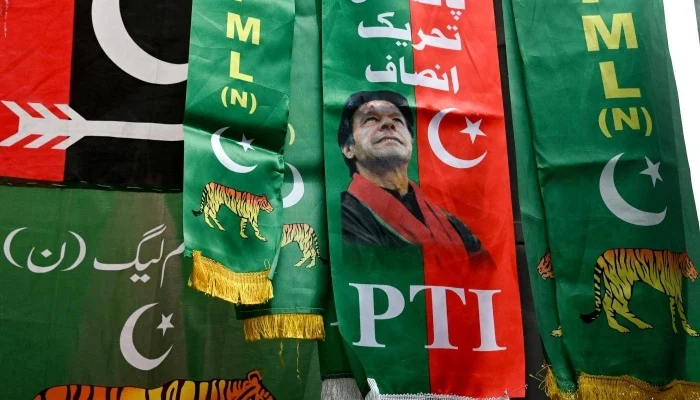Islamabad: According to a report by the Free and Fair Election Network (Fafen), Pakistan Tehreek-e-Insaf (PTI) and Pakistan Peoples Party Parliamentarians (PPPP) secured significantly more seats in Khyber Pakhtunkhwa (KP) and Sindh than their vote share suggested. Similarly, Pakistan Muslim League-Nawaz (PML-N) also gained more seats than its vote percentage in Punjab, owing to the “First-Past-the-Post” (FPTP) system, which awards victory to the candidate with the most votes, regardless of overall proportions.
Vote Share and Seat Distribution
- Khyber Pakhtunkhwa: Jamiat Ulema-e-Islam (JUI-F) secured 15% (1,269,230) votes but won only 6% (7) seats. In contrast, PTI secured 38% (3,093,306) votes but won 75% (85) of the seats.
- Sindh: PPPP won 65% (85) seats with 46% (5,228,678) votes, while MQM-P secured 22% (28) seats with just 8% (905,992) votes.
- Punjab: PTI obtained 31% (11,272,578) votes and won 37% (109) seats, whereas PML-N received 32% (11,515,206) votes but secured 47% (139) seats.
- Balochistan: JUI-F led with 18% (400,072) votes and secured an equal 18% (9) of the seats.
Performance of Other Parties
- Tehreek Labbaik Pakistan (TLP) secured 5% (2,918,086) votes in the National Assembly but failed to win a seat, while in Punjab, it secured 5% (3,047,019) votes and won just one seat.
- Jamaat-e-Islami (JI) obtained 2% (1,345,371) votes in the National Assembly but won no seats, while securing 3% (1,739,774) provincial votes, winning three seats in Sindh and Balochistan.
Reasons for Discrepancy Between Votes and Seats
According to Fafen’s research expert Sahibzada Saud, two key factors explain this disparity:
- Electoral System: Under the FPTP system, only the candidate with the most votes wins, without considering how the total votes were distributed.
- Local Electoral Dynamics: Candidates often focus on securing support from specific groups rather than appealing to all voters in a constituency.
These factors resulted in several parties gaining more or fewer seats than their vote share suggested, highlighting the disproportionate nature of the election results.



